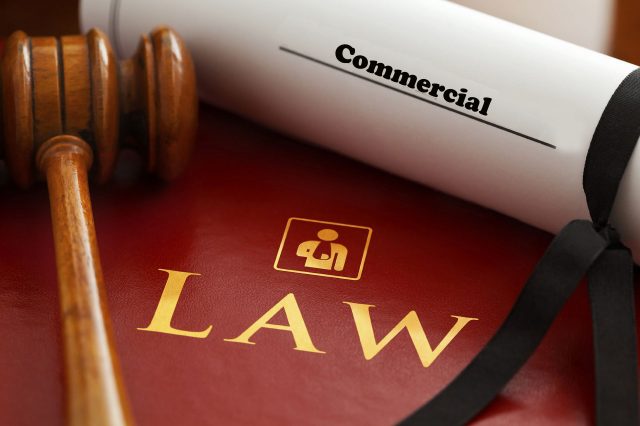A commercial lease is an agreement between a property owner and tenant for the possession, use, and often the occupancy of real property. Sometimes these agreements are very straightforward but other times they may contain complex clauses too. In a nutshell, leasing commercial real estate can be a daunting prospect even for seasoned investors, which is why this article exists in the hope of providing some insight into understanding this process.
The three most common types of commercial leases are the gross lease, net lease, and percentage lease. The type of lease will be dependent on many factors such as the location of the property, the industry the tenant is in, how much control the tenant wants over the property, and so on.
Gross Lease: With a gross lease, the tenant pays a flat monthly rate that includes their use of the property as well as operating expenses. The landlord is responsible for maintaining and repairing the property.
Net Lease: A net lease is when the tenant pays rent plus a portion of the operating expenses. The landlord might require the tenant to pay for utilities, janitorial services, building insurance, taxes, and other maintenance costs in addition to their monthly rent. There are four types of net leases: single net, double net, triple net, and absolute net.
Percentage Lease: A percentage lease is when rent is charged as a percentage of the tenant’s monthly sales volume. This type of lease is often used for retail storefronts or restaurants where foot traffic can be used to determine how much rent should be paid. The tenant typically pays a base rent plus a percentage of their monthly sales.
What is a commercial lease?
A commercial lease is a legal document that outlines the terms of a rental agreement between a landlord and tenant for commercial space.
Why is it important to have a commercial lease?
A commercial lease protects both the landlord and tenant by setting clear expectations for the use of the property. This can help prevent misunderstandings or disputes down the road.
Types of rental agreements
There are many different types of commercial leases, each with their own Pros and Cons. The most common type of commercial lease is the triple net lease, which is popular among small businesses. Triple net leases are typically less expensive than other types of leases, and they offer the tenant more flexibility in terms of how they use the space.
However, triple net leases also require the tenant to pay for all repairs and maintenance, property taxes, and insurance, which can add up over time. Gross leases typically include all expenses in the monthly rent price, which can make budgeting easier for tenants.
When negotiating a commercial lease, it is important to consider the following factors:
- The length of the lease. Most leases are for a term of 3-5 years, but some landlords may be willing to negotiate a longer lease.
- The rental price. Be sure to negotiate a fair rental price that is inline with comparable properties in the area.
- The space. Make sure that the space meets your business’s needs in terms of size, layout, and location.
- The terms and conditions. Be sure to read the lease agreement carefully and make sure that you understand all of the terms and conditions before signing.
- The landlord. Be sure to do your research on the landlord and make sure that they are reputable and have a good track record.
Pros and Cons of a commercial lease
There are a number of pros and cons to leasing commercial space as opposed to owning it outright. One key advantage of leasing is that it generally requires a smaller up-front investment than purchasing, since you are only paying for the use of the space rather than the full purchase price. Additionally, leases often come with built-in protections for the tenant in the form of landlord-provided insurance and maintenance, which can save on costs down the line.
However, there are some potential drawbacks to consider as well. For one, monthly lease payments can add up over time and may end up being more expensive than if you had purchased the property outright. As always, it’s important to weigh all your options and consult with knowledgeable professionals before making any major real estate decisions.
Examples
The most common type of commercial lease is the triple net lease. This type of lease requires the tenant to pay for all of the property’s operating expenses, including taxes, insurance, and maintenance. The triple net lease is advantageous for landlords because it minimizes their financial responsibilities.
Another common type of commercial lease is the gross lease. This type of lease requires the landlord to pay for all of the property’s operating expenses, while the tenant only pays a monthly rent. The gross lease is advantageous for tenants because it can provide stability and predictability in their budgeting.
A third type of commercial lease is the percentage lease. This type of lease requires the tenant to pay a base rent, as well as a percentage of the property’s sales. The percentage lease is advantageous for landlords because it allows them to participate in the profitability of their tenants’ businesses.
Conclusion
The most common type of commercial lease is the triple net lease. This type of lease requires the tenant to pay for property taxes, insurance, and maintenance in addition to rent. While this may seem like a lot of additional costs, triple net leases often have lower monthly rental rates than other types of leases.






